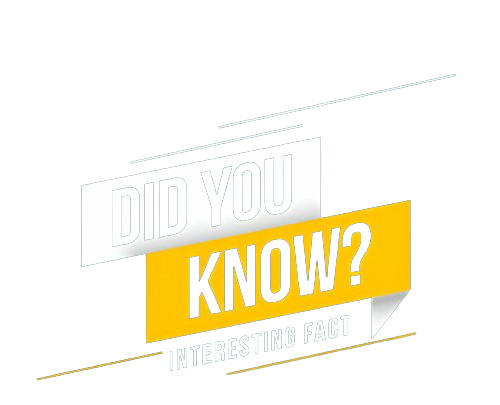In the realm of nutrition, the term “gluten-free” has gained significant traction. In this article, we delve into the world of gluten-free foods, their benefits, and their importance. We aim to provide a comprehensive understanding of gluten, wheat-free foods, and the implications of a wheat-free diet. Below you will find a wheat free foods list pdf to meet your dietary requirement
1. Understanding Gluten
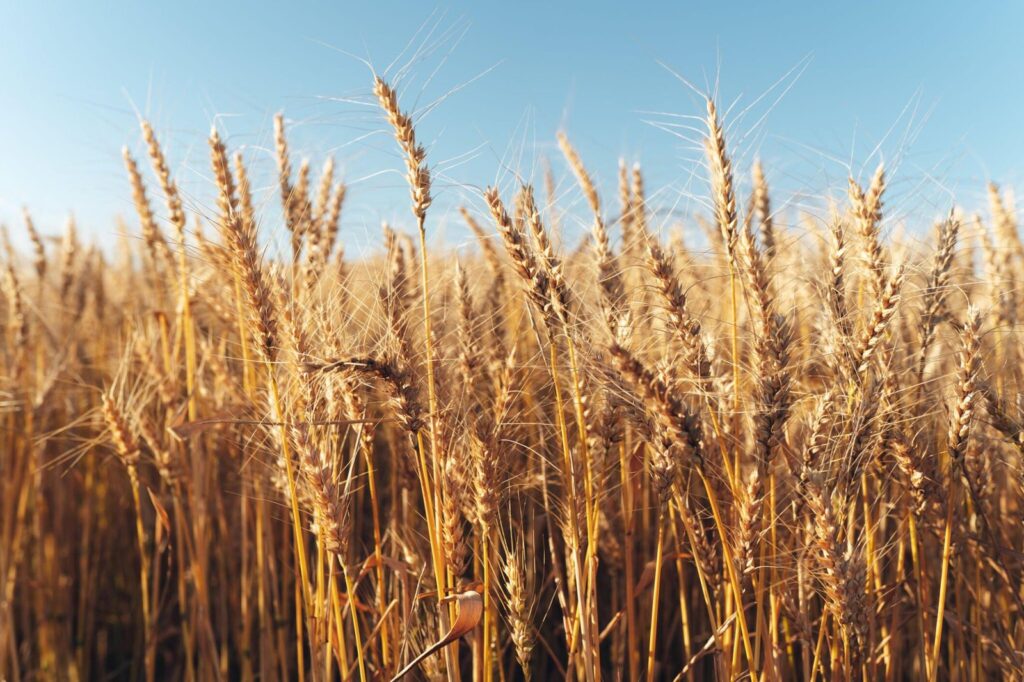
Gluten, a protein present in wheat, barley, and rye, is responsible for the adverse reactions experienced by individuals with celiac disease, gluten intolerance, or wheat allergy. Indeed, “wheat-free” is another term used interchangeably with “gluten-free” due to gluten’s predominant presence in wheat products.
For these individuals, wheat-free foods are not just a dietary preference, but a health necessity.
However, the popularity of these foods extends beyond those with gluten-related disorders. Many people perceive them as healthier, leading to a surge in demand.
2. Understanding Gluten and Its Dietary Sources
Gluten, a complex protein, occurs in certain grains. It primarily exists in wheat, barley, and rye, but it can also be found in triticale, a hybrid of wheat and rye.
When mixed with water, gluten forms a sticky network of proteins, giving bread and other baked goods their characteristic structure and chewiness. It’s also used in a variety of processed foods for its binding and thickening properties. Understanding the sources of gluten is the first step towards identifying and choosing wheat-free foods.
3. Distinguishing Between Celiac Disease, Gluten Intolerance, and Wheat Allergy

Celiac disease, gluten intolerance, and wheat allergy are three distinct conditions that can cause adverse reactions to gluten. Celiac disease is an autoimmune condition in which consuming gluten results in harm to the small intestine. It affects about 1% of the population and can lead to serious health complications if left untreated.
Gluten intolerance, also known as non-celiac gluten sensitivity, causes the body to mount a stress response that is different from the immune response that occurs in those with celiac disease. Symptoms can include bloating, abdominal discomfort, and irregular bowel movements.
Conversely, wheat allergy is an immune response to proteins present in wheat, not solely to gluten. It’s most common in children and is usually outgrown by adulthood. Symptoms can range from mild (rash, hives, itching) to severe (difficulty breathing, anaphylaxis). Understanding these differences is crucial in managing symptoms and maintaining a healthy diet.
4. The Rise of Wheat-Free Diets: Beyond Medical Necessity
In recent years, wheat-free diets have gained popularity beyond those diagnosed with gluten-related disorders. Many individuals without celiac disease or gluten intolerance have adopted this diet, believing it to be a healthier option.
However, it’s important to note that while a wheat-free diet is essential for those with gluten-related disorders, its benefits for the general population are still under debate. Some studies suggest potential health benefits, while others indicate that unnecessary restriction of gluten may lead to nutritional deficiencies. Therefore, it’s crucial to consult with a healthcare professional before making significant dietary changes.
5. The Benefits of a Wheat-Free Diet for Those with Gluten-Related Disorders
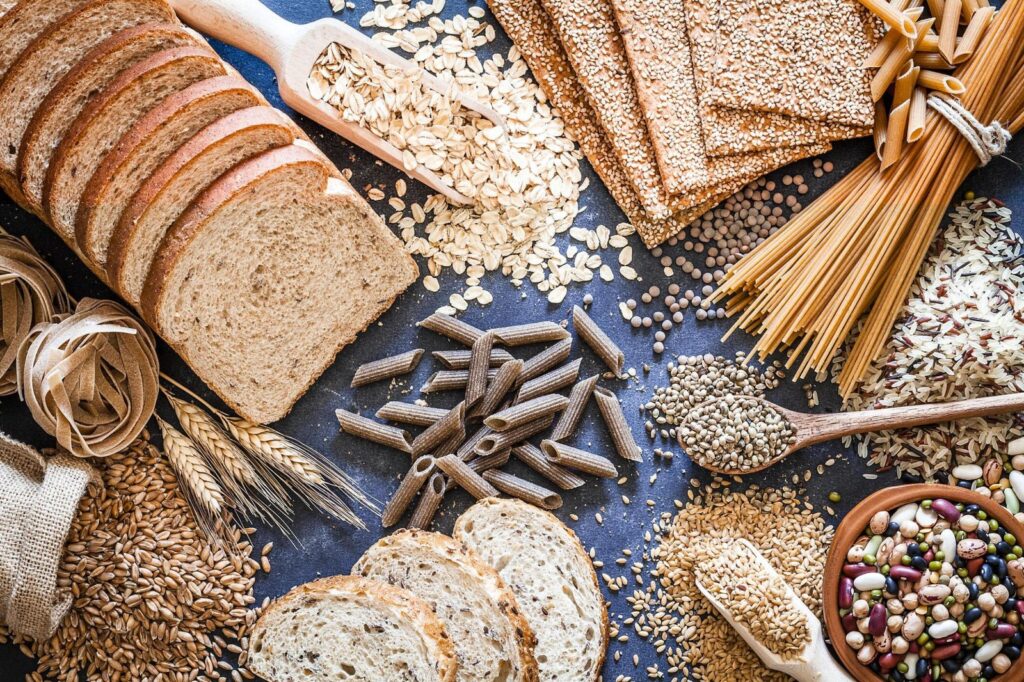
For individuals diagnosed with celiac disease, gluten intolerance, or wheat allergy, a wheat-free diet is not a choice but a necessity. Consuming gluten can trigger a range of symptoms, from mild discomfort to severe health complications.
Adopting a wheat-free diet can significantly improve the quality of life for these individuals. It can alleviate symptoms, promote intestinal healing in those with celiac disease, and reduce the risk of associated health complications. It’s important to remember that this diet should be followed strictly and consistently for maximum benefit.
6. Potential Health Benefits for Individuals Without Gluten Sensitivities
While the necessity of a wheat-free diet for those without gluten sensitivities is a topic of ongoing debate, some potential benefits have been suggested. Some individuals report improved digestion, increased energy levels, and weight loss when following a wheat-free diet.
However, it’s crucial to note that these benefits may not directly link to the absence of gluten. They could result from overall improved dietary habits, such as consuming less processed food and incorporating more fruits, vegetables, and lean proteins. As with any diet, individual experiences and benefits can vary widely.
7. Addressing Misconceptions: Is Wheat-Free Always Healthier?
A common misconception is that wheat-free foods are inherently healthier. This is not necessarily true. Wheat-free does not automatically mean low calorie, low fat, or high in nutrients. In fact, some wheat-free products may contain higher levels of sugars and fats to compensate for changes in texture and flavor.
It’s also important to remember that a balanced diet is key to overall health. Simply removing gluten without considering the nutritional balance of the diet can lead to deficiencies in essential nutrients. Therefore, it’s crucial to approach a wheat-free diet with a focus on overall nutrition.
8. Comprehensive List of Naturally Wheat-Free Foods
Many foods are naturally wheat-free and can form the basis of a nutritious and varied diet. These include fruits, vegetables, meat, poultry, fish, seafood, dairy, beans, legumes, and nuts.
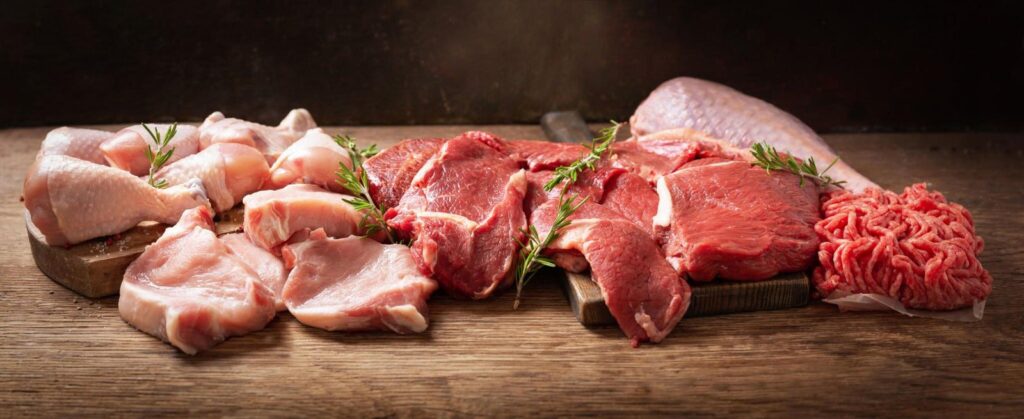
Here is a non-exhaustive list of naturally wheat-free foods:
- Fruits and vegetables
- Meat and poultry
- Fish and seafood
- Dairy products
- Beans, legumes, and lentils
- Nuts and seeds
- Rice, quinoa, and other wheat-free grains
- Eggs
- Oils and vinegars
Remember that while these foods are naturally wheat-free, they can undergo cross-contamination if processed or prepared with gluten-containing foods or equipment. Always check labels and ask questions to ensure your food is truly wheat-free.
9. Hidden Sources of Gluten: Reading Labels and Avoiding Cross-Contamination
Gluten can lurk in unexpected places, making label reading a crucial skill for those on a wheat-free diet. It can be hidden in products like sauces, soups, processed meats, and even cosmetics.
Cross-contamination is another concern. This can occur when these foods come into contact with gluten-containing foods or surfaces. For example, using the same toaster for regular and wheat-free bread can lead to cross-contamination. Being aware of these risks and taking steps to avoid them is essential for maintaining a truly wheat-free diet.
10. Balancing Nutrition on a Wheat-Free Diet
Adopting a wheat-free diet doesn’t automatically equate to a healthy diet. Ensuring that your diet is balanced and nutritious is important. Wheat-free diets can sometimes lack fiber, iron, and B vitamins, which are often abundant in gluten-containing grains.
To counteract this, include a variety of naturally wheat-free foods in your diet. These include fruits, vegetables, lean proteins, and grains like quinoa and brown rice. Consulting with a dietitian or nutritionist can also be beneficial in creating a balanced wheat-free meal plan.
11. The Role of FDA Regulations and Food Labeling in Wheat-Free Diets
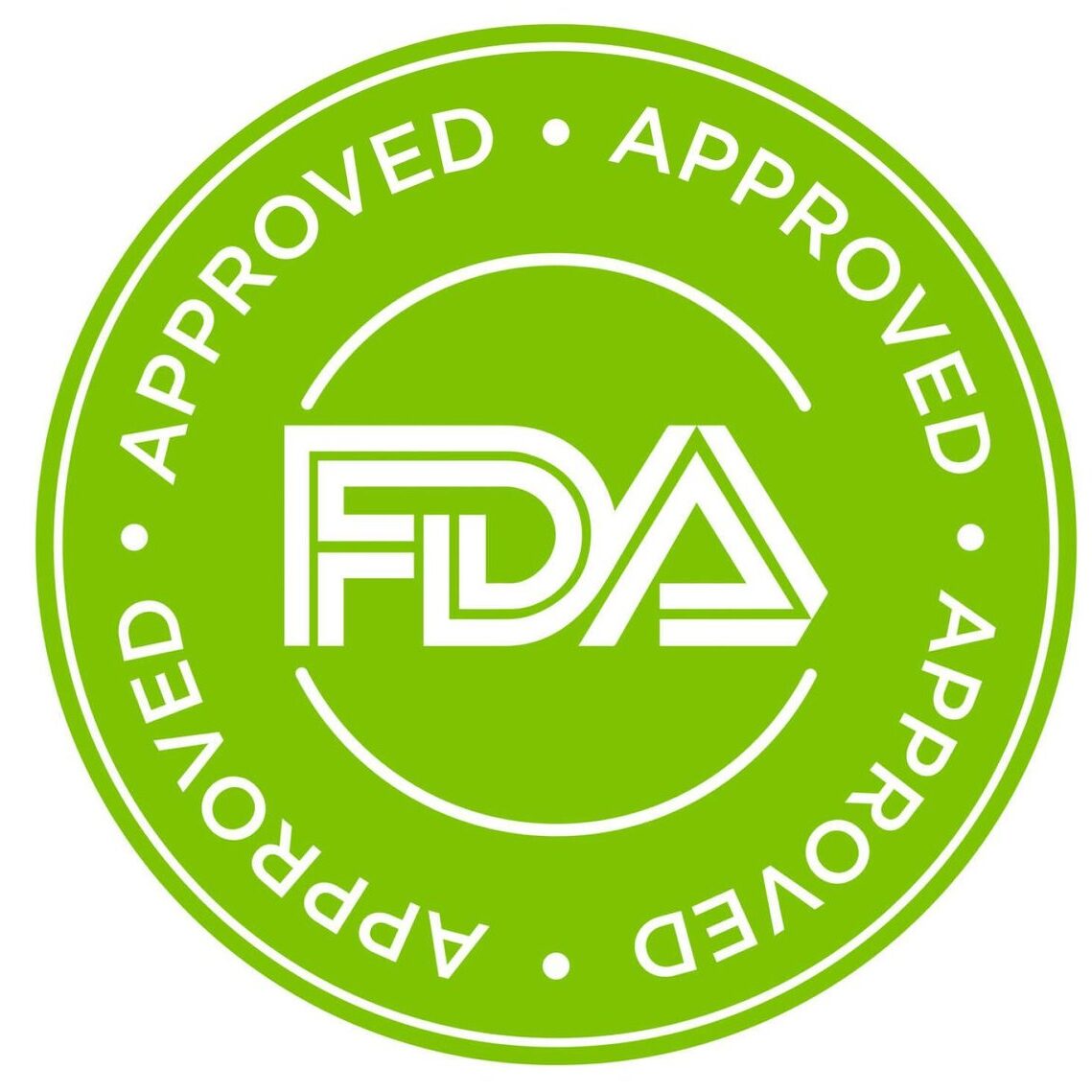
The Food and Drug Administration (FDA) plays a crucial role in regulating wheat-free labeling. According to FDA regulations, food product labeling as wheat-free is permissible only if the product contains less than 20 parts per million (ppm) of gluten. This threshold represents the lowest level that valid scientific analytical tools can reliably detect in foods.
Moreover, the FDA requires that any unavoidable presence of gluten in the food must be less than 20 ppm. This regulation helps protect individuals with celiac disease and other related disorders, ensuring they can trust the wheat-free labeling on their food.
12. Where to Buy?

The Gluten-Free Kitchen website is dedicated to providing wheat-free recipes, products, and information for those living a wheat-free lifestyle. It offers resources, tips, and potentially a community for individuals adhering to a wheat-free diet due to celiac disease, wheat sensitivity, or personal choice.
Click here to purchase a diverse selection of wheat-free products.
13. Downloadable Resource: Wheat Free Food List PDF
To further assist you in your journey, we have compiled a comprehensive list of wheat-free foods. This list includes a variety of fruits, vegetables, meats, dairy products, and grains that are naturally wheat-free. It also highlights some popular alternatives to common foods like bread and pasta.
This downloadable PDF can serve as a handy guide when shopping or planning meals. Remember, while this list is extensive, it’s always important to read labels as ingredients can change.
Discover additional blog posts related to food science by clicking here.

